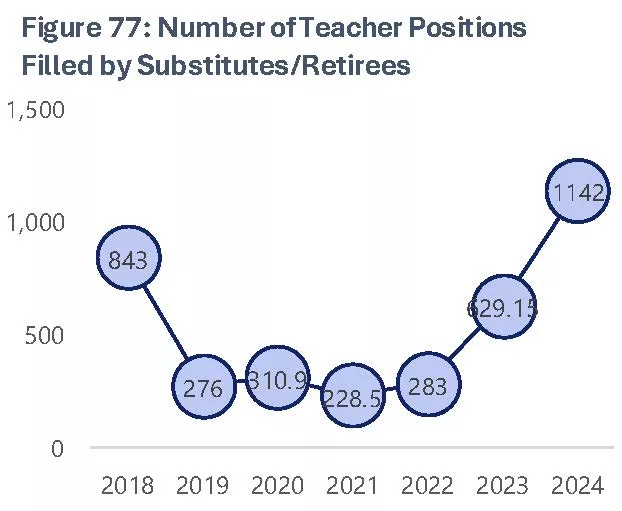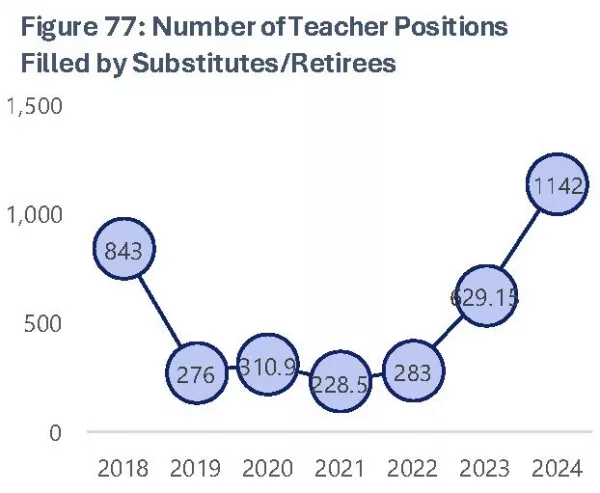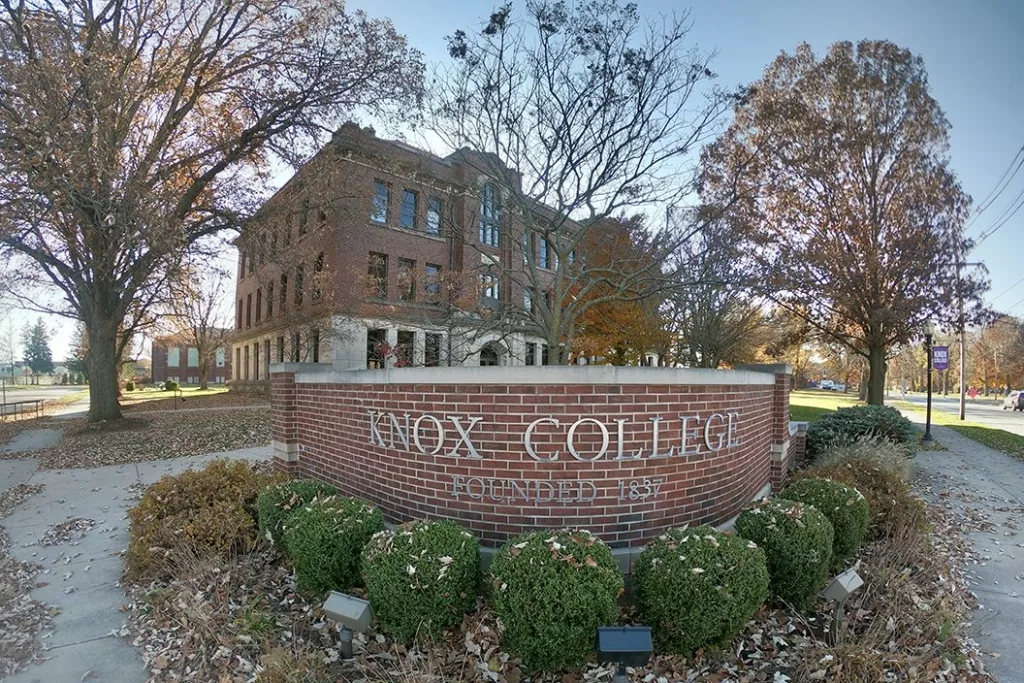By PETER HANCOCK
Capitol News Illinois
phancock@capitolnewsillinois.com
Illinois continues to suffer from a shortage of teachers and other education professionals, although recent efforts by the state to ease the strain have made an impact.
That’s according to the latest annual survey of school officials from the Illinois Association of Regional Superintendents of Schools, which has been conducting the survey every year since 2017.
“This matters,” IARSS executive director Gary Tipsord said in an interview. “This is an issue that people care about. They think it is important, and they think it’s critical enough that it needs to be addressed.”
This year’s survey found more than 90 percent of schools responding reported having a “serious” or “very serious” teacher shortage problem.
That percentage has changed very little in the last several years, although the question has been asked in slightly different ways in earlier surveys. In 2021, for example, 88 percent of those responding said they had a “problem” with teacher shortages, a percentage that was unchanged from 2019.
Tipsord said the answers school officials give to that question reflect their broad perception of what’s happening in the labor market – their sense of whether colleges and universities are producing enough prospective teachers; their ability to hire qualified candidates to fill vacant positions; and whether the pool of candidates they pick from is larger or smaller than it was in the past.

Source: 2023-2024 Educator Shortage Report, page 54
But Tipsord said more fundamental changes need to be made to address the long-term issues facing the teaching profession.
“There are certain things that have been done to soften that immediacy of the burden today,” he said. “But I think if you talk to people in the field … there’s still a broad concern that unless we put some concrete things in place, this issue is going to remain pervasive for a longer period of time.”
Respondents to the survey reported filling a total of 3,694 teacher positions this year using “alternative measures,” such as hiring substitutes or retired educators, combining classes, and increasing class sizes, among other short-term remedies, according to the report.
Overall, however, the report found that the supply of teachers is not keeping pace with the demand, and that there are not enough new teachers coming into the profession to replace those who are leaving.
The survey also found that teacher shortages are not distributed evenly throughout the state. They are most severe in urban districts and in more rural parts of the state, along with vocational centers around Illinois. The specialties with the most severe shortages were special education and career and technical education. Shortages were also reported in key categories of support personnel, including school psychologists, speech-language pathologists, and nurses.
When asked to identify causes of teacher shortages, 54 percent of the school leaders responding cited burnout from working conditions as a cause of their teacher shortage. Another 49 percent cited the availability of better pay in other professions.
Tipsord said those findings point to a fundamental challenge facing the teaching profession – the cost and benefit of pursuing the career. He said when students in high school and college weigh the cost of earning a college degree against the salary they will earn after graduation and the retirement benefits they can accrue, the idea of pursuing a teaching degree becomes less attractive, especially when compared to other career options.
“I think across all areas of industry – education just being one – but in every area of industry today, because of the ability to live and work in two different places at the same time, your workforce views career differently,” he said. “They have the opportunity to look at career differently.”
The report concludes with several recommendations for long-term ways to address the teacher shortage. They include continuing to increase funding for public schools, creating new ways for school support staff to become classroom teachers, and focusing administrative support and financial resources on acute shortage areas.
“As we have said year after year, our shortages are the result of generations of factors that we cannot resolve immediately,” Tipsord said in a statement.
Capitol News Illinois is a nonprofit, nonpartisan news service covering state government. It is distributed to hundreds of newspapers, radio and TV stations statewide. It is funded primarily by the Illinois Press Foundation and the Robert R. McCormick Foundation, along with major contributions from the Illinois Broadcasters Foundation and Southern Illinois Editorial Association.



